|
Your search criteria found 1303 images Gallery: Universe |
| My List |
Addition Date | Target |
Mission
|
Instrument | Size |

|
2008-05-29 |
Spitzer Space Telescope |
641x481x3 | ||
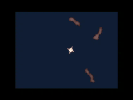
|
|||||

|
2008-05-29 | Cassiopeia A |
Spitzer Space Telescope |
641x479x3 | |
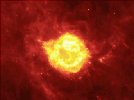
|
|||||

|
2008-05-29 | Cassiopeia A |
Spitzer Space Telescope |
5000x4965x3 | |
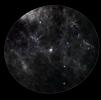
|
|||||

|
2008-06-03 | Milky Way |
Spitzer Space Telescope |
5600x5600x3 | |
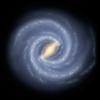
|
|||||

|
2008-06-03 | Milky Way |
Spitzer Space Telescope |
IRAC |
14400x10800x3 |
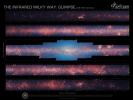
|
|||||

|
2008-06-03 | Milky Way |
Spitzer Space Telescope |
IRAC MIPS |
14400x10800x3 |
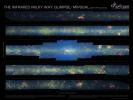
|
|||||

|
2008-07-10 |
Spitzer Space Telescope |
936x936x3 | ||
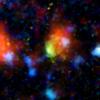
|
|||||

|
2008-07-15 |
Spitzer Space Telescope |
IRAC MIPS |
8000x4500x3 | |
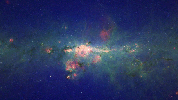
|
|||||

|
2008-07-21 | Messier 101 |
Spitzer Space Telescope |
IRAC |
2766x2766x3 |
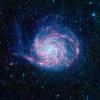
|
|||||

|
2008-07-21 | Messier 101 |
Spitzer Space Telescope |
IRAC Infrared Spectrograph (IRS) MIPS |
2766x2766x3 |
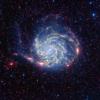
|
|||||

|
2008-08-22 | W5 |
Spitzer Space Telescope |
IRAC MIPS |
6436x7288x3 |

|
|||||

|
2008-08-22 | W5 |
Spitzer Space Telescope |
IRAC |
6436x7288x3 |

|
|||||

|
2008-09-18 | Perseus |
Spitzer Space Telescope |
IRAC |
1760x1160x3 |
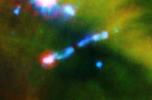
|
|||||

|
2008-10-01 | Cassiopeia A |
Spitzer Space Telescope |
MIPS |
1769x1341x3 |
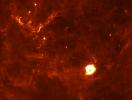
|
|||||

|
2008-10-08 | NGC 346 |
Spitzer Space Telescope |
IRAC |
1560x1560x3 |
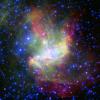
|
|||||

|
2008-10-27 | Epsilon Eridani |
Spitzer Space Telescope |
3000x1600x3 | |
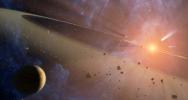
|
|||||

|
2008-10-27 | Epsilon Eridani |
Spitzer Space Telescope |
3000x2400x3 | |
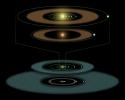
|
|||||

|
2008-11-11 |
Spitzer Space Telescope |
Infrared Spectrograph (IRS) |
3000x2400x3 | |
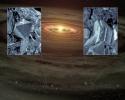
|
|||||

|
2008-12-03 |
Spitzer Space Telescope |
MIPS |
943x945x3 | |
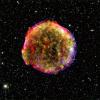
|
|||||

|
2008-12-08 |
Spitzer Space Telescope |
IRAC |
2674x2176x3 | |
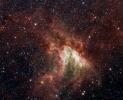
|
|||||

|
2008-12-10 |
Spitzer Space Telescope |
3000x2400x3 | ||
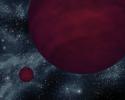
|
|||||

|
2008-12-16 |
Spitzer Space Telescope |
IRAC MIPS |
1500x1500x3 | |
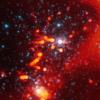
|
|||||

|
2009-01-05 |
Spitzer Space Telescope |
3000x2400x3 | ||
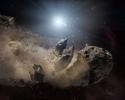
|
|||||

|
2009-01-05 | GD 40 |
Spitzer Space Telescope |
3000x2400x3 | |
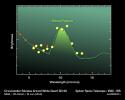
|
|||||

|
2009-01-06 |
Spitzer Space Telescope |
IRAC |
708x799x3 | |

|
|||||

|
2009-01-28 |
Spitzer Space Telescope |
IRAC |
3000x2400x3 | |
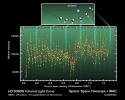
|
|||||

|
2009-01-28 |
Spitzer Space Telescope |
IRAC |
3000x2400x3 | |
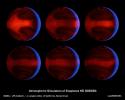
|
|||||

|
2009-01-28 |
Spitzer Space Telescope |
IRAC |
638x477x3 | |
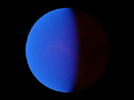
|
|||||

|
2009-03-16 | NGC 6240 |
Spitzer Space Telescope |
IRAC |
3921x3805x3 |
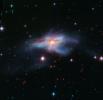
|
|||||

|
2009-03-12 | NGC 6543 |
Spitzer Space Telescope |
IRAC |
1700x1700x3 |
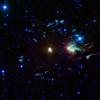
|
|||||

|
2009-04-03 | M33 |
Spitzer Space Telescope |
IRAC MIPS |
4300x2800x3 |
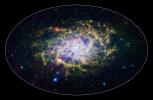
|
|||||

|
2009-04-03 | M33 |
Spitzer Space Telescope |
IRAC |
4300x2800x3 |
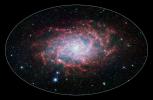
|
|||||

|
2009-04-07 |
Spitzer Space Telescope |
3000x2400x3 | ||
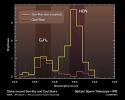
|
|||||

|
2009-04-07 |
Spitzer Space Telescope |
3000x2400x3 | ||
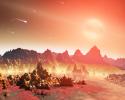
|
|||||

|
2009-04-30 |
Spitzer Space Telescope |
IRAC |
1750x940x3 | |
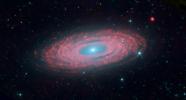
|
|||||

|
2009-05-13 |
Spitzer Space Telescope |
3000x2400x3 | ||
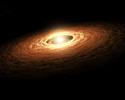
|
|||||

|
2008-12-08 | M17 |
Spitzer Space Telescope |
IRAC |
2674x2176x3 |
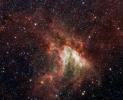
|
|||||

|
2009-04-30 | Messier 81 |
Spitzer Space Telescope |
IRAC |
2336x1144x3 |
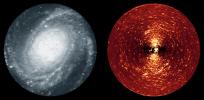
|
|||||

|
2009-06-10 | Milky Way |
Spitzer Space Telescope |
IRAC |
2934x2052x3 |
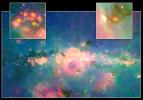
|
|||||

|
2009-07-23 | NGC 1097 |
Spitzer Space Telescope |
IRAC |
2056x2056x3 |
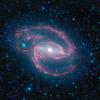
|
|||||

|
2009-08-05 |
Spitzer Space Telescope |
IRAC |
1493x1319x3 | |
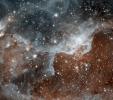
|
|||||

|
2009-08-10 | HD 172555 |
Spitzer Space Telescope |
3000x2400x3 | |
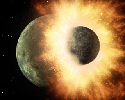
|
|||||

|
2009-09-23 |
Spitzer Space Telescope |
3000x2400x3 | ||
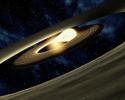
|
|||||

|
2009-10-07 |
Spitzer Space Telescope |
3000x2400x3 | ||
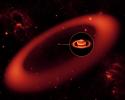
|
|||||

|
2009-10-07 |
Spitzer Space Telescope |
3000x2400x3 | ||
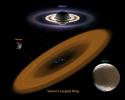
|
|||||

|
2009-10-07 |
Spitzer Space Telescope |
1279x719x3 | ||
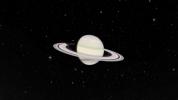
|
|||||

|
2009-11-04 | HR 8799 |
Spitzer Space Telescope |
MIPS |
1100x1100x3 |
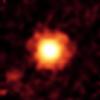
|
|||||

|
2009-11-23 |
Spitzer Space Telescope |
3200x2400x3 | ||
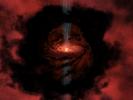
|
|||||

|
2009-11-23 |
Spitzer Space Telescope |
IRAC |
1600x1600x3 | |
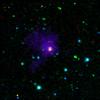
|
|||||

|
2010-01-05 |
Spitzer Space Telescope |
4200x3300x3 | ||
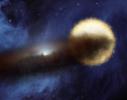
|
|||||

|
2010-01-05 |
Spitzer Space Telescope |
IRAC MIPS |
7801x7021x3 | |
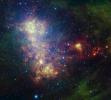
|
|||||

|
2010-03-17 |
Spitzer Space Telescope |
IRAC IRAS MIPS |
2400x3000x3 | |

|
|||||

|
2010-03-17 |
Spitzer Space Telescope |
4096x3072x3 | ||
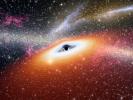
|
|||||

|
2010-04-01 |
Spitzer Space Telescope |
IRAC |
2171x5085x3 | |
|
|
|||||

|
2010-04-21 |
Spitzer Space Telescope |
3300x2550x3 | ||
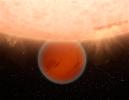
|
|||||

|
2010-05-11 |
Spitzer Space Telescope |
IRAC |
3300x2400x3 | |
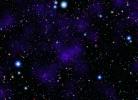
|
|||||

|
2010-05-20 |
Spitzer Space Telescope |
IRAC |
2804x1870x3 | |
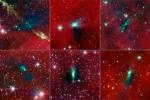
|
|||||

|
2010-06-01 |
Spitzer Space Telescope |
3000x2400x3 | ||
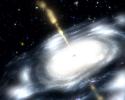
|
|||||

|
2010-06-24 |
Spitzer Space Telescope |
IRAC |
556x556x3 | |
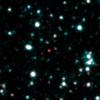
|
|||||

|
2010-07-07 |
Spitzer Space Telescope |
IRAC MIPS |
7600x3700x3 | |
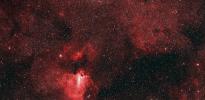
|
|||||

|
2010-07-07 |
Spitzer Space Telescope |
IRAC MIPS |
7600x3700x3 | |
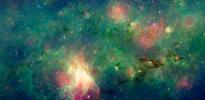
|
|||||

|
2010-07-14 |
Spitzer Space Telescope |
IRAC |
1881x1849x3 | |
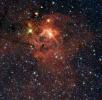
|
|||||

|
2010-07-22 |
Spitzer Space Telescope |
3000x2400x3 | ||
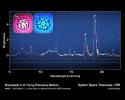
|
|||||

|
2010-07-22 |
Spitzer Space Telescope |
1280x717x3 | ||
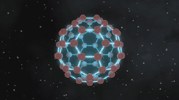
|
|||||

|
2010-07-22 |
Spitzer Space Telescope |
1280x717x3 | ||
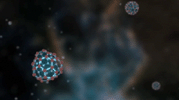
|
|||||

|
2010-07-28 |
Spitzer Space Telescope |
IRAC |
6000x6000x3 | |
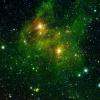
|
|||||

|
2010-07-28 |
Spitzer Space Telescope |
IRAC |
1800x1800x3 | |
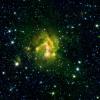
|
|||||

|
2010-07-28 |
Spitzer Space Telescope |
IRAC |
2400x2400x3 | |
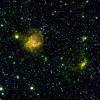
|
|||||

|
2010-07-28 |
Spitzer Space Telescope |
IRAC |
3000x3000x3 | |
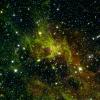
|
|||||

|
2010-08-05 |
Spitzer Space Telescope |
IRAC |
3545x3600x3 | |

|
|||||

|
2010-08-18 |
Spitzer Space Telescope |
IRAC |
2000x2000x3 | |
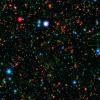
|
|||||

|
2010-08-23 |
Spitzer Space Telescope |
IRAC |
3000x2400x3 | |
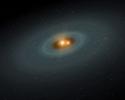
|
|||||

|
2010-08-23 |
Spitzer Space Telescope |
IRAC |
3000x2400x3 | |
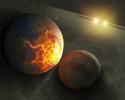
|
|||||

|
2010-09-23 |
Spitzer Space Telescope |
IRAC |
3771x2184x3 | |
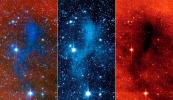
|
|||||

|
2010-10-12 |
Spitzer Space Telescope |
3872x2592x3 | ||
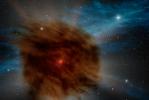
|
|||||

|
2010-10-19 |
Spitzer Space Telescope |
4096x3072x3 | ||
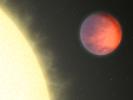
|
|||||

|
2010-10-19 |
Spitzer Space Telescope |
1281x720x3 | ||
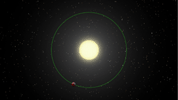
|
|||||

|
2010-10-19 |
Spitzer Space Telescope |
3000x2073x3 | ||
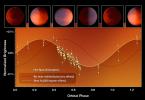
|
|||||

|
2010-10-27 |
Spitzer Space Telescope |
IRAC |
3300x2550x3 | |
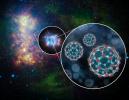
|
|||||

|
2010-11-24 |
Spitzer Space Telescope |
IRAC Very Large Array (VLA) |
3000x2400x3 | |
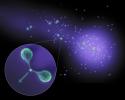
|
|||||

|
2010-12-08 |
Spitzer Space Telescope |
IRAC |
3144x2306x3 | |
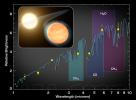
|
|||||

|
2010-12-08 |
Spitzer Space Telescope |
3200x2400x3 | ||
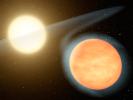
|
|||||

|
2011-01-12 |
Spitzer Space Telescope |
IRAC |
800x800x3 | |
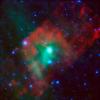
|
|||||

|
2011-01-18 |
Spitzer Space Telescope |
IRAC |
2400x2400x3 | |
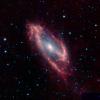
|
|||||

|
2011-02-10 |
Spitzer Space Telescope |
IRAC |
6800x6800x3 | |
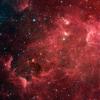
|
|||||

|
2011-02-10 |
Spitzer Space Telescope |
IRAC MIPS |
6800x6800x3 | |
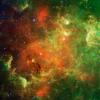
|
|||||

|
2011-02-10 |
Spitzer Space Telescope |
IRAC |
6800x6800x3 | |
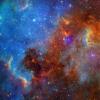
|
|||||

|
2011-03-03 |
Spitzer Space Telescope |
IRAC |
1200x1200x3 | |
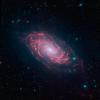
|
|||||

|
2011-03-03 |
Spitzer Space Telescope |
IRAC MIPS |
1200x1200x3 | |
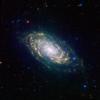
|
|||||

|
2011-03-18 |
Spitzer Space Telescope |
IRAC MIPS |
16000x9000x3 | |
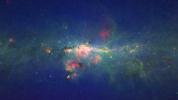
|
|||||

|
2011-04-04 |
Spitzer Space Telescope |
IRAC Visible Light |
2829x1401x3 | |
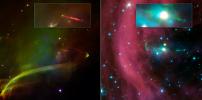
|
|||||

|
2011-04-04 |
Spitzer Space Telescope |
IRAC |
2048x2048x3 | |
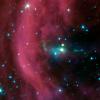
|
|||||

|
2011-05-26 |
Spitzer Space Telescope |
IRAC |
1962x3308x3 | |

|
|||||

|
2011-05-26 |
Spitzer Space Telescope |
Infrared Spectrograph (IRS) |
3000x2400x3 | |
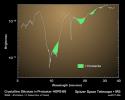
|
|||||

|
2011-05-26 |
Spitzer Space Telescope |
IRAC |
3220x6000x3 | |

|
|||||

|
2011-06-15 |
Spitzer Space Telescope |
IRAC MIPS |
3600x3600x3 | |
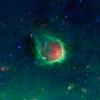
|
|||||

|
2011-06-30 |
Spitzer Space Telescope |
IRAC |
3250x2050x3 | |
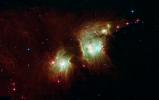
|
|||||

|
2011-06-30 |
Spitzer Space Telescope |
3500x2700x3 | ||
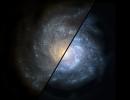
|
|||||

|
2011-07-20 | IC 342 |
Spitzer Space Telescope |
IRAC |
2500x2100x3 |
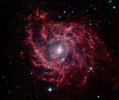
|
|||||

|
2011-07-20 | IC 342 |
Spitzer Space Telescope |
IRAC MIPS |
2500x2100x3 |
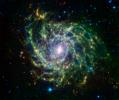
|
|||||

|
 |
 |
 |
 |
 |
 |
 |
 |
 |
 |

|
| 1-100 | 101-200 | 201-300 | 301-400 | 401-500 | 501-600 | 601-700 | 701-800 | 801-900 | 901-1000 |
| Currently displaying images: 901 - 1000 of 1303 |